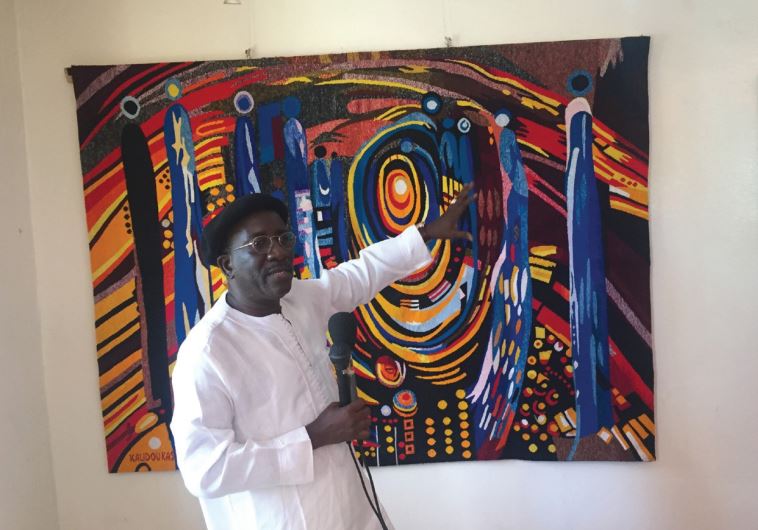The culture capital of West Africa
A country of history and culture, Senegal boasts a beautiful coastline, unique art scene and a deep connection to the tragic saga of the slave trade.
 Kasse, a local artist shows some of his recent work at his studio in Dakar(photo credit: SETH J. FRANTZMAN)Updated:
Kasse, a local artist shows some of his recent work at his studio in Dakar(photo credit: SETH J. FRANTZMAN)Updated: